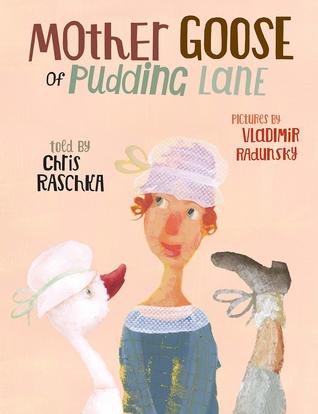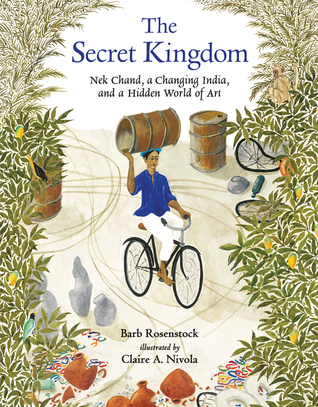The Seed of Compassion by His Holiness The Dalai Lama, illustrated by Bao Luu (9780525555148)
His Holiness addresses children directly for the first time in one of his books, this time in picture book format. The book tells the story of his childhood in Tibet, filled with mountains, streams, blue sky and lots of animals. His farming family meant that there was always work to do, so as a child, he helped his beloved mother. Through her, he learned his first lessons about compassion. He saw the way she fed those who were hungry and less fortunate. She treated everyone with warmth and tried to give them aid. When he was almost three years old, he was identified as the reincarnation of the Dalai Lama and traveled to Llasa to begin his studies. His focus has been compassion and how to spread compassion throughout the world, bringing joy to more people.
Told in the Dalai Lama’s own voice, the picture book looks deeply at how compassion begins when one is very young, watching others demonstrate it, just like with any other skill. The glimpse of the Dalai Lama’s early days are interesting and the setting in Tibet is beautiful and isolated. Just having scorpions for company is something that will amaze readers, but there is much more on these pages that is impressive and that will get young listeners thinking about how they themselves can be compassionate.
The illustrations were done digitally and have an appealing warmth that carries from page to page. The tones of browns and reds are enlivened by the greenery around them, providing images of life in Tibet.
A must-purchase for all public libraries, this book will be of interest to many. Appropriate for ages 6-9.
Reviewed from e-galley provided by Kokila.








